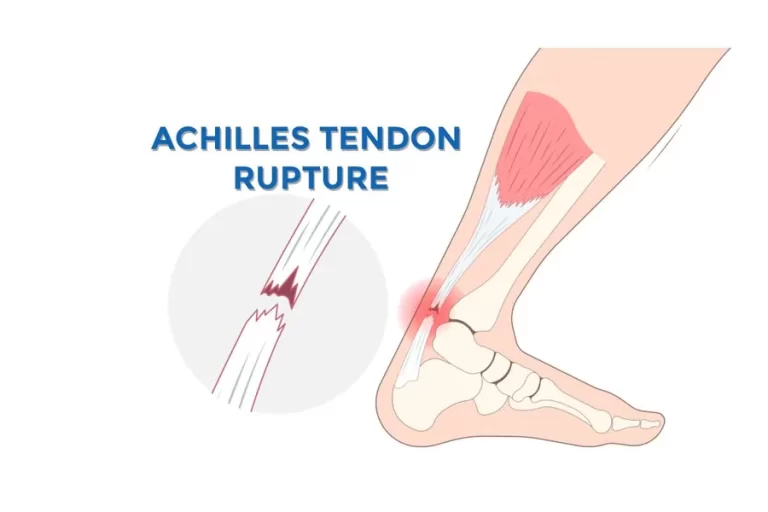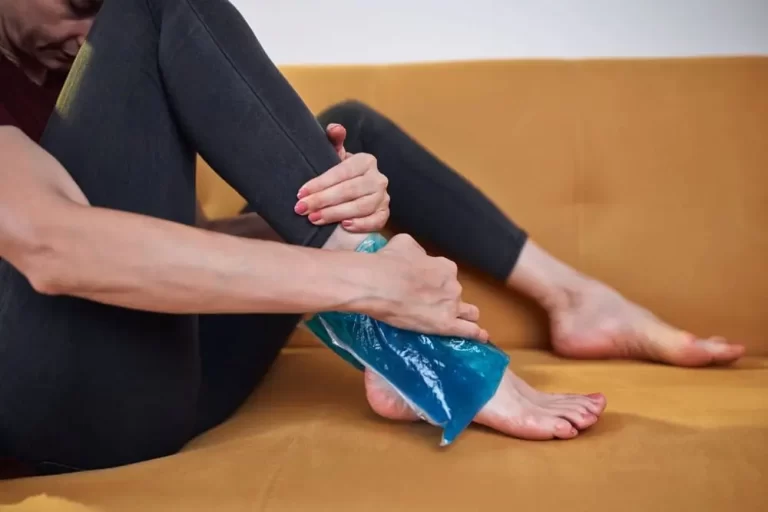HI-RICE Principle
Introduction
A foundation for treating soft tissue injuries such as sprains, strains, and contusions (bruises) is provided by the HI-RICE principle, which stands for Hydration, Ibuprofen, Rest, Ice, Compression, and Elevation. But it’s important to keep in mind that this is only a first-aid method and should never be used in place of expert medical guidance. For an accurate diagnosis and course of treatment, major injuries must be evaluated by a medical professional as away.
Here’s a closer examination of each HI-RICE principle component:
- Hydration:
- Benefits: Sufficient fluid intake promotes several physiological processes, including the healing response. Maintaining an appropriate fluid intake aids in tissue regeneration and replenishes fluids lost due to inflammation.
- Recommendations: Make it a point to stay hydrated throughout the day, especially after being hurt. The precise amount may change according to variables like the level of activity and the climate. For advice on the appropriate amount of liquids to consume, speak with a medical expert.
- Ibuprofen:
- Benefits: Ibuprofen and other over-the-counter painkillers can help control the pain and swelling caused by soft tissue injuries. It functions by preventing the body from producing prostaglandins, which are involved in inflammation and discomfort.
- Cautions
- Always take prescribed medication as directed, and get medical advice:
- People who have specific medical disorders, such as renal issues, stomach ulcers, or heart illness, may need to use ibuprofen with caution or not at all.
Before taking ibuprofen, women who are nursing or pregnant should speak with a healthcare provider.
Ibuprofen should never be taken with other medications without first talking to a doctor because doing so may raise your chance of negative effects.
- Rest:
- Benefits: Reducing activity enables the damaged tissue to recuperate and rest. Exercise that strains the injury can make it worse and take longer to heal.
- Recommendations: The severity of the injury determines how long you should rest. Seek advice from a healthcare provider for further details. They might advise:
Complete immobilization for severe injuries using a brace or splint.
For less serious injuries, gradually resume activities with modifications as acceptable.
- Ice:
- Benefits: Using ice on the wounded region aids in the reduction of pain, edema, and inflammation. This is because cold has a vasoconstrictor effect, which causes blood vessels to contract and less blood flow to the affected area.
- Recommendations
- Wrap the ice pack in a thin towel to shield the ice pack from direct skin contact and minimize tissue damage from extended exposure.
Apply ice for fifteen to twenty minutes at a time, pausing for two hours in between.
Avoid leaving ice on the skin for long periods.
- Compression:
- Benefits: An elastic bandage or wrap applied gently might assist reduce swelling and support the wounded area. Compression helps tissue repair by limiting the buildup of extra fluid.
- Recommendations: Apply light pressure while using an elastic bandage that breathes.
Make sure the compression is just tight enough to provide support without obstructing blood flow.
Remove the bandage as soon as the region starts to hurt or feel numb.
- Elevation:
- Benefits: Because it encourages fluid to flow from the damaged tissue, elevating the injured location above the level of the heart reduces edema.
- Recommendations
- Whether you’re sitting, lying down, or sleeping, try to keep the damaged area elevated above your heart.
Elevate the affected area and support it with pillows or other devices. - Remember: The HI-RICE principle serves as a broad framework, and the particular treatment strategy for an injury may differ depending on a variety of individual circumstances. For an accurate diagnosis and customized treatment suggestions, it’s imperative to speak with a healthcare provider, particularly for:
- severe cuts or fractures, as well as excruciating discomfort.
injuries that don’t get better or get worse despite receiving first-aid care. - people who may need special consideration due to underlying medical issues.
Difference Between HI-RICE and RICE principles
While both the HI-RICE and RICE principles are aimed at managing soft tissue injuries, there’s a subtle yet significant difference between the two. Let’s break it down:
- RICE Principle: RICE stands for Rest, Ice, Compression, and Elevation. This traditional approach has long been the go-to method for treating soft tissue injuries. It emphasizes resting the injured area, applying ice to reduce swelling and pain, using compression to support the injury site, and elevating the affected limb to minimize swelling.
- HI-RICE Principle: The HI-RICE principle builds upon the foundation of the RICE principle by adding two additional components: Hydration and Ibuprofen. Hydration focuses on the importance of maintaining adequate fluid intake to support the body’s healing process. Ibuprofen introduces the use of over-the-counter painkillers to manage pain and inflammation.
In essence, while both principles prioritize rest, icing, compression, and elevation, the HI-RICE principle expands the scope by emphasizing hydration and the potential use of ibuprofen for pain management. This expansion recognizes the importance of holistic care in promoting healing and addressing discomfort associated with soft tissue injuries.
Conclusion
A straightforward foundation for the early treatment of soft tissue injuries is provided by the HI-RICE principle:
Promote healing: Prioritize rest, elevation, and hydration to aid in the body’s natural healing process.
Manage discomfort: Pain and inflammation can be controlled with ice packs and, if necessary, ibuprofen.
Minimize swelling: Compression that is applied gently can help to support the wounded area and reduce edema.






